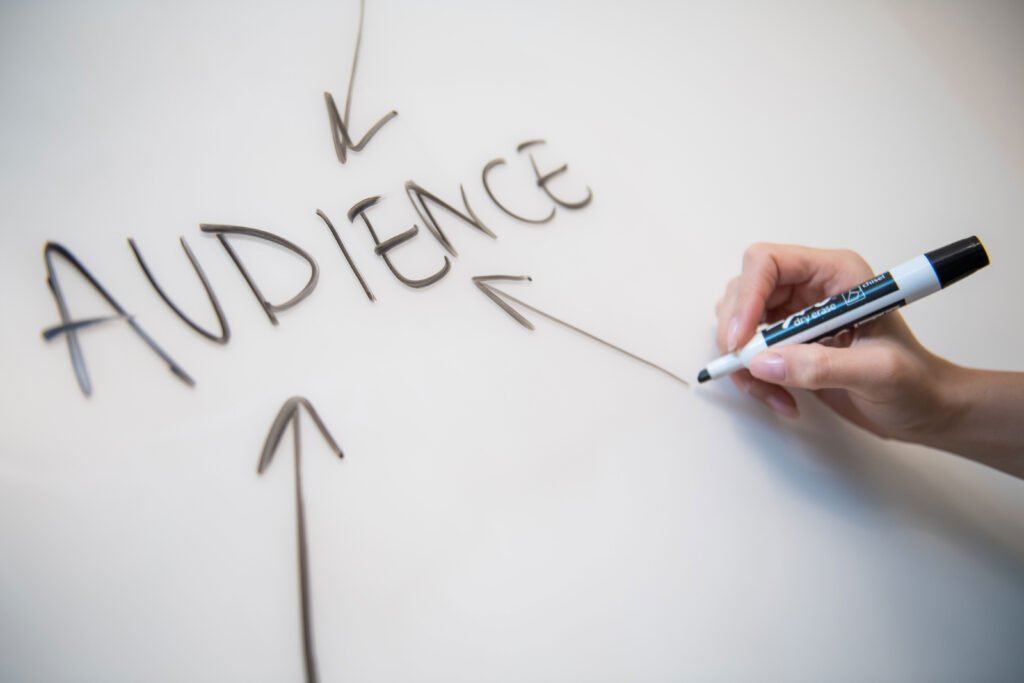A brand’s identity is more than just its logo or tagline. It’s the emotional connection it forms with its audience. One of the most impactful elements in creating this connection is color. Emotions can be stirred, messages conveyed, and consumer behavior influenced by colors. In this blog post, we’ll explore how colors can change a brand’s marketing strategy and provide examples of brands that have mastered this art.
1. The Psychology of Colors
Human emotions and perceptions can be deeply affected by colors. Understanding the psychology of colors is the first step in harnessing their power for your brand’s marketing strategy:

Understanding the psychology of color is critical to leveraging its potential in branding. Here are some common associations with colors:
- Red: Excitement, passion, and urgency. Red can stimulate appetite and attention. Think of brands like Coca-Cola or Target, which use red prominently to evoke energy and excitement.
- Blue: Trust, reliability, and professionalism. Blue is a favorite in the tech and financial sectors, with companies like IBM and American Express adopting it to instill trust and confidence.
- Green: Nature, growth, and health. Green is often used by eco-friendly and wellness brands, exemplified by Whole Foods and the Greenpeace logo.
- Yellow: Happiness, optimism, and creativity. Brands like McDonald’s and IKEA employ yellow to create a cheerful and welcoming atmosphere.
- Black: Sophistication, luxury, and exclusivity. High-end brands like Chanel and Porsche use black to convey elegance and prestige.

2. Brand Recognition
Consistency in color usage can significantly impact brand recognition. When consumers consistently associate your brand with a specific color, it becomes easier for them to identify and remember your products or services. Take, for instance, the iconic red and white color scheme of Coca-Cola. This consistency has helped the brand become instantly recognizable worldwide.
3. Creating Brand Personality
Colors can shape the personality and perception of a brand. For example:
- Playfulness: Brands like M&M’s use bright, vibrant colors to convey a playful and fun personality.
- Sustainability: Companies like Patagonia use earthy greens and blues to reflect their commitment to environmental sustainability.
- Innovation: Tech companies like Apple often use clean, minimalist designs with white backgrounds and sleek metallic accents to signify innovation and modernity.
4. Targeting Different Audiences
Adjusting your color palette can help you appeal to different demographic groups. For instance:

– Feminine Appeal: Brands targeting predominantly female audiences use soft colors like pink and pastels. Victoria’s Secret is a prime example.
– Youthful Energy: Brands targeting younger consumers may opt for bold, energetic colors. Snapchat’s vibrant yellow logo is a great example.
– Professionalism: Brands looking to attract a more professional audience might lean towards conservative colors like navy blue and gray.
How Choosing the Right Palette Transforms Branding
5. Establishing Brand Identity
Consistency in color usage is vital for brand recognition. A cohesive color palette across all brand assets—logos, packaging, websites, and marketing materials—helps consumers associate those colors with your brand. For instance, the bright red and yellow of McDonald’s are instantly recognizable worldwide, reinforcing the brand’s identity.

6. Evoking Emotions
When you pick colors your audience likes, they feel more connected to your message. It’s all about creating an emotional connection! The power of colors lies in their ability to evoke specific emotions and feelings. Consider:
– Harley-Davidson: The brand’s use of black, orange, and white conveys a sense of rebellion, freedom, and adventure, aligning with its biker culture and clientele.
– Ben & Jerry’s: The playful combination of bright colors like pink, green, and blue reflects the brand’s fun and whimsical personality, appealing to those seeking indulgence and enjoyment.
– Dove: The soft, calming palette of pale blues and whites aligns with Dove’s message of purity, simplicity, and gentle care.

Colors are a powerful tool in branding for crafting a unique identity, conveying emotions, and connecting with your target audience. By understanding the psychological impact of colors and aligning them with your brand’s personality and audience, you can transform your branding strategy. Remember, the right colors can evoke emotions and create strong allegiance to your brand by making a lasting impact that distinguishes your brand in a competitive market.






